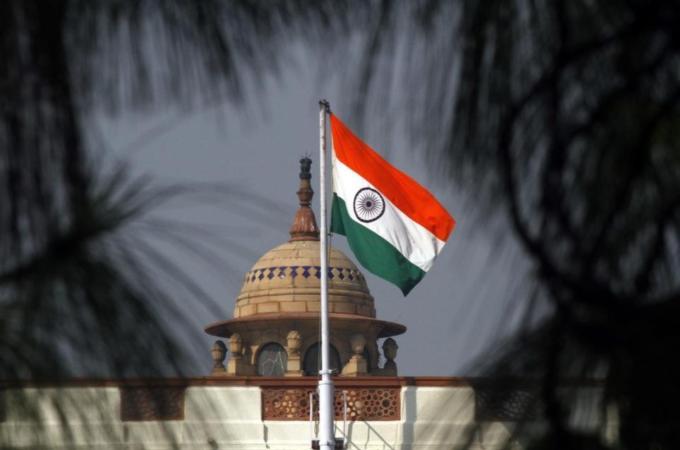Prime Minister Narendra Modi is set to lay the foundations for a massive new Indian Parliament building, the focus of a major but controversial redevelopment at the core of New Delhi’s colonial era.
Critics say the 200 billion rupees ($ 2.7 billion) that the Hindu nationalist government is said to spend on the mega-project could be better directed at fighting COVID-19 and fixing the pandemic-hit economy.
India is one of the worst-affected countries and has so far recorded more than 9.7 million infections and at least 141,000 deaths, according to Johns Hopkins University in the United States.
Modi, 70, will also perform Hindu rituals at a ceremony Thursday to begin building the new parliament – a building that is supposed to be the officially heart of a secular democracy of 1.3 billion people.
The project will start even as legal challenges make their way through the Supreme Court that are likely to corrupt or delay the overhaul.
It also comes as tens of thousands of farmers, angry at the new agricultural laws, besieged the capital for a second week, in great defiance of Modi’s authority and his reform agenda.
Scheduled for completion in 2022, when India celebrates 75 years of independence from Britain, a new, larger parliament will replace the old building that the government says shows signs of “distress”.
Designed by British architect Edwin Lutens in the early 20th century to be the main hub of the Raj, the district also includes Great Rajpath Street, the President’s Residence, Government offices, the National Museum and the War Memorial at India Gate.
Modi’s overhaul of the sweeping tree-lined landscape and the project will see surrounded by rows of imposing new government buildings and the Prime Minister’s Office transform and expand.
Some of the old parliament will be “modified” and will continue to be used for government work, while others will be converted into museums. Some of them will be demolished.
Big scandal
Modi’s office said the redevelopment “will fit India’s new aspirations”.
But there has been a host of criticisms, not just over the price, which is expected to be 9.7 billion rupees ($ 130 million) for the tripartite parliament complex alone.
Tikander Singh Banwar, an opposition politician and an expert on urbanization, told Agence France-Presse that the redevelopment was “a major scandal in the making.”
“It is strange, for a project of this importance, size and cost, that the details are superficial … I see this as a fascist leader who wants to leave an imprint of his glory in Delhi,” he said.
Political commentator Arati Girat said the redevelopment indicated “the making of a new India that will bear Modi’s footprint.”
This money could have been well spent on healing and reforming the economy [and] Create jobs but instead are spent on fulfilling the grandiose dreams of one man the way a new India should look. “
Some opposition parties also criticized the government’s decision to perform Hindu rituals during Thursday’s inauguration.
Hindus make up the majority of India’s population and many religious minorities, particularly the 200 million Muslims, fear that Modi wants to reshape India as a Hindu nation.
The project also ran into a legal issue with multiple petitions in India’s Supreme Court questioning its viability on the grounds of land and environmental rules.
On Monday, the Supreme Court expressed its displeasure at the government’s rush to launch the project before it considered the petitions.
However, he allowed papers and other actions – including the Thursday party – to go ahead.

Twitter fan. Beer specialist. Entrepreneur. General pop culture nerd. Music trailblazer. Problem solver. Bacon evangelist. Foodaholic.

